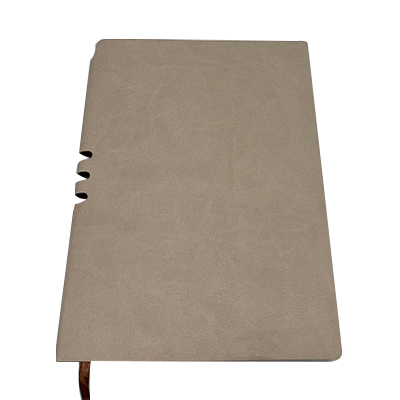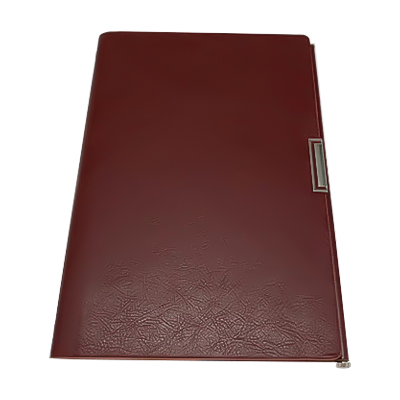The prepress stage is the foundation of the printing production process. Communication between the printing company and the customer is particularly important at this stage. The company needs to understand the customer's needs in detail, including the specifications of the printed product (such as size, paper type), color requirements (such as spot color or four-color printing), print quantity and delivery time. In addition, prepress processing also includes the inspection and preparation of the design file to ensure that the file format is correct, the color is accurate, and it is ready for subsequent computer platemaking.
Computer-to-plate (CTP) is one of the key steps in modern offset digital printing. In the past, traditional platemaking methods involved transferring the design drawing to the printing plate through chemical treatment. Now, CTP technology makes the platemaking process faster, more accurate and more environmentally friendly. By generating printing plates directly from computer files, the errors and time-consuming processes that may occur in traditional platemaking are avoided.
The platemaking stage follows computer platemaking, which is the process of converting the design drawing into an actual printing plate. Offset digital printing usually uses aluminum plates or flexographic plates. Aluminum plates are suitable for long-term and large-volume printing tasks and have good wear resistance and stability. Flexographic plates are suitable for printing needs of smaller batches, high precision and complex images. During the plate making process, operators need to precisely control every step to ensure the quality and accuracy of the printing plate.
The printing stage is the core step in the production process of offset digital printing products. In this stage, the printing machine transfers the design image from the printing plate to the printing medium, usually paper or cardboard. During the printing process, the ink is evenly distributed on the surface of the printing medium through the roller and pressure system to form images and text. The high speed of the printing machine and the precise color control technology ensure the high quality performance of the printed products in terms of color, clarity and consistency.
The post-processing stage is a necessary step after the printing is completed. The printed products may need to be folded, cut, bound, laminated or other special treatments to meet the specific requirements of the customer and the functional requirements of the final product. The quality of post-processing directly affects the final appearance and operability of the printed products.
Quality control is an indispensable part of the entire production process. From pre-pressing to printing and post-processing, printing companies will conduct multiple rigorous quality checks to ensure that the printed products meet customer expectations and requirements in terms of color accuracy, printing clarity, paper quality and final appearance. Regular quality control checks and adjustments ensure the stability and reliability of the entire production process.
Santa Advent Calendar Storage Hanging Bag with Pockets of 24
Advent calendar in Santa shape hanging storage bag with 24 pockets made of felt material. Great for wall decoration and small pieces storage. Helps a lot for keeping tidy and neat. Soft and warm material felt is eco-friendly and washable.

 English
English Deutsch
Deutsch Français
Français Español
Español русский
русский عربى
عربى





